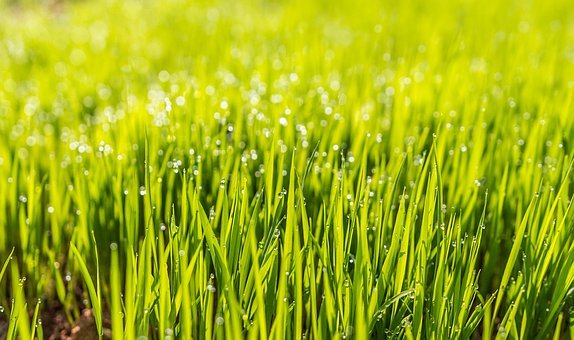If you’ve ever enjoyed a delicious raspberry, you might have wondered whether these juicy berries contain seeds. The answer is yes! Raspberries are an aggregate fruit with a unique structure that includes seeds. Each raspberry is made up of multiple drupelets, each containing a seed. In fact, a single raspberry can have anywhere from 100 to 120 seeds. These seeds are safe to eat and offer a range of nutritional benefits, making raspberries a healthy addition to your diet.
The structure of raspberries is what gives them their distinctive appearance and texture. Each drupelet is like a tiny bubble, and together they create the raspberry’s characteristic shape. This complex collection of smaller fruits with their own seeds contributes to the unique flavor of raspberries as well.
While the seeds are small and soft, they can sometimes be more noticeable in processed raspberry products like jams or purees. However, many people choose to leave the seeds in as they are safe to eat and add a bit of texture to the overall experience. If you prefer a smoother texture, you can strain out the seeds. Regardless of whether you eat the seeds or not, raspberries offer a delicious and nutritious addition to your diet.
The Structure of Raspberries
Raspberries are unique fruits with a distinct structure. Each raspberry is made up of multiple drupelets, which are individual fruits that form from the ovaries of a single flower. These drupelets are what give raspberries their characteristic appearance, with the small bubble-like structure.
Take a closer look at a raspberry, and you’ll see the intricate arrangement of these drupelets, forming a cluster. The cluster is what gives raspberries their distinctive shape and texture, making them easily recognizable.
The drupelets themselves are small, juicy, and filled with flavorful juice. Each drupelet contains a tiny seed, making raspberries a complex collection of smaller fruits with their own seeds. This unique structure contributes to the overall texture and flavor of raspberries, providing a delightful combination of juiciness and slight crunch.
Despite being an aggregate fruit composed of individual drupelets, raspberries are often enjoyed as a whole. Whether you eat them fresh, add them to a fruit salad, use them in desserts, or blend them into smoothies, their structure plays a significant role in the overall sensory experience.
The next time you indulge in raspberries, take a moment to appreciate their intricate structure and the burst of flavors they offer. From their distinctive appearance to their delightful combination of juiciness and crunch, raspberries truly are a unique and refreshing treat.
Are Seedless Fruits a Natural Occurrence?
Yes, oranges do have seeds. However, seedless fruits are also a natural occurrence. Through natural processes like selective breeding and cross-pollination, seedless fruits can be developed. While some seedless fruits may seem unnatural, they are a result of natural genetic mutations and adaptations.
The Nutritional Benefits of Raspberry Seeds
Raspberry seeds may be small, but they offer a wide range of nutritional benefits that can contribute to a healthy diet.
One of the key advantages of raspberry seeds is their high fiber content. Fiber plays a crucial role in digestion and can help maintain a healthy weight. Including raspberries with their seeds in your diet can be an excellent way to increase your fiber intake naturally.
In addition to fiber, raspberry seeds are also a valuable source of omega-3 and omega-6 fatty acids. These healthy fats are essential for good heart health. Omega-3 fatty acids, in particular, have been shown to reduce inflammation and promote brain function.
Furthermore, raspberry seeds are rich in antioxidants. These powerful compounds help protect your body against the damage caused by free radicals, which can contribute to the development of chronic diseases. Antioxidants play a vital role in promoting overall health and well-being.









